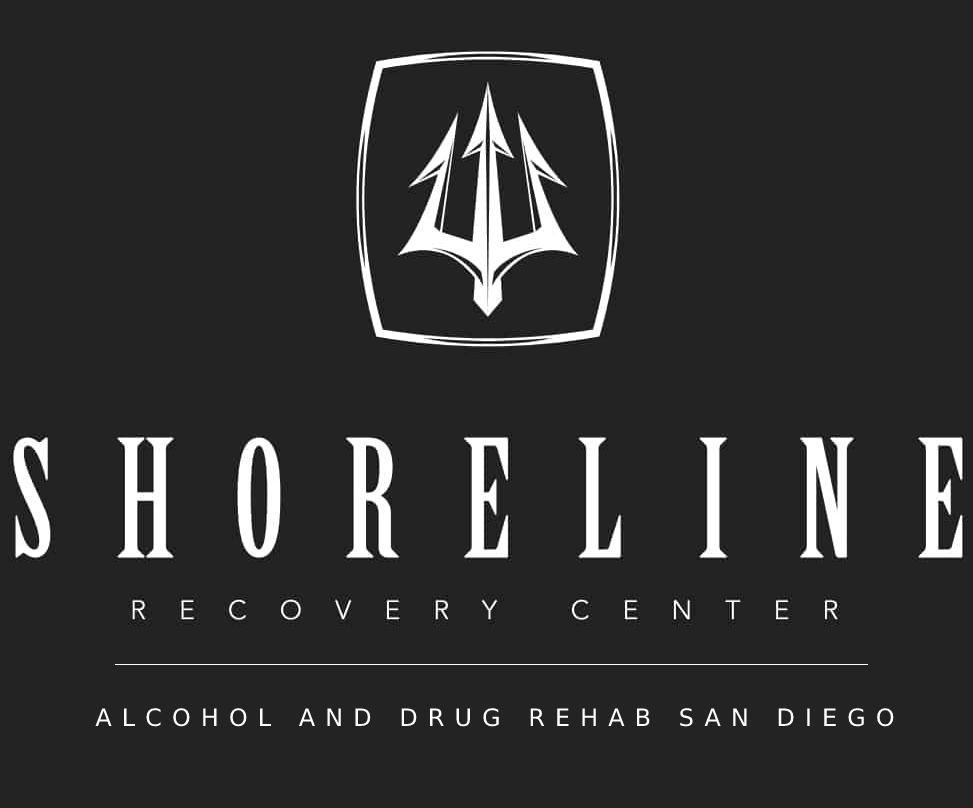According to the American Heart Association, almost half of all adults in America suffer from high blood pressure. The phrase “blood pressure’ refers to the pressure the blood exerts onto the blood vessel walls. It will be considered relatively high if your blood pressure is over 130/80 mmHg.
Several factors can contribute to an individual’s blood pressure being high. Factors can be seen to include:
- Smoking
- High salt diet
- Excessive alcohol consumption
- Family history
- Obesity
If an individual fails to receive the appropriate medical help, high blood pressure can lead to severe complications such as a heart attack, heart disease, stroke, and many other potentially life-threatening diseases.
Deep, slow breathing techniques can assist individuals who struggle to control their blood pressure. These techniques work on a cellular level to reduce blood pressure and promote a healthy heart.
What is hypertension?
Hypertension is a medical term used to refer to high blood pressure. It has become a common condition that, in the long term, forces the blood against the individual’s artery walls; there is a significant potential that the individual, in the long run, will develop severe health problems such as heart disease.
Normal blood pressure will vary slightly from person to person; however, blood pressure needs to be regulated for your vital organs and bodily system to function effectively.
Guidelines released by the American Heart Associated have stated that standard blood pressure will fall near 120/80. Anything that falls between 120/80 and 130/90 is referred to as pre-hypertension. Anything recorded above 130/90 is considered hypertension and extremely dangerous for the individual.
Breathing techniques
Exploring various breathing techniques is a great way to figure out what is more effective for you. Ensure you are comfortable and try your best to put your mind at ease before starting. Additionally, if you are not yet comfortable practicing breathing techniques, you can take smaller steps such as turning your phone to silent or sleep mode.
30 seconds of breathing
Individuals who suffer from hypertension can significantly reduce their systolic blood pressure by simply taking six long, deep breaths within a 30-second period.
Follow the steps below to see if this is the proper exercise for you to reduce blood pressure:
- Sit down in a quiet place, and ensure you are comfortable and feel safe
- Close your eyes and try to relax
- Set a timer for 30 seconds
- Begin taking long, deep breaths six times within the 30-second time frame
- If needed, repeat the exercise
Diaphragmatic breathing
This specific breathing technique focuses heavily on strengthening the individual’s diaphragm to allow more efficient breathing. When individuals learn how to breathe with their diaphragm, they naturally bring in more oxygen, resulting in the brain and muscles being completely nourished with more than enough oxygen.
Follow the steps below to see if this is the proper exercise for you to reduce blood pressure:
- Find a place where you can lie flat on your back with your knees bent. Ensure your neck is fully supported
- Place one of your hands over your chest and the other hand slightly beneath your rib cage
- Begin inhaling deeply through your nose with your hands staying in the same position as the step above. (Feel yourself inhale)
- Exhale slowly through your mouth
- Continue this exercise for as long as you require
4/7/8 breathing
The use of these breathing techniques can effectively train your body to breathe more deeply at all times regularly. This can be highly beneficial to the entire body due to promoting a more oxygenated body.
Follow the steps below to see if this is the proper exercise for you to reduce blood pressure:
- Find a comfortable and safe place to sit or lay down
- Place the tip of your tongue behind the front of your teeth
- Inhale deeply and slowly through your nose and begin counting to 4
- Once fully inhaled, hold your breath and start counting to seven
- Exhale through your mouth and count to eight
- Repeat this exercise a couple more times without resuming your regular breathing rate in between
The 4/7/8 breathing exercise is a relatively quick and easy way to lower your blood pressure. Once you have got the hang of it and feel confident, your blood pressure can begin to reduce within 2 minutes. The best part of this exercise is that you can do it anywhere.
Equal breathing
Sama Vritti, or equal breathing focuses heavily on taking consistent breaths. The breathing exercise has been designed to balance your body and clear your mind; the activity has a calming effect that will help reduce an individual’s stress level, slowing down your heart rate and stabilizing your blood pressure.
Equal breathing is a simple exercise to grasp; follow the steps below to see if this is the proper exercise for you to reduce blood pressure:
- Find a quiet, safe and comfortable place to rest
- Close your eyes and begin relaxing your entire body
- Start to slowly inhale through your nose whilst counting to four in your head
- Hold your breath and again count to four
- Begin exhaling through your mouth, counting to four
- Rest but try not to take a breath for another count of four before starting over
- Repeat this exercise for an average of three to size times per day
Life changes for lowered blood pressure
Adapting your lifestyle can significantly impact your over health, that being emotional, physical, and mental. In addition to practicing daily breathing exercises, try the following tips which are known to lower blood pressure:
- Quit smoking
- Quit or limit drinking alcohol
- Exercise daily
- Eat a healthier range of foods
- Prioritize sleep
- Consume less caffeine
Your health is vital; it is essential to go for regular heart check-ups if you begin observing any heart issues or know that heart issues run in your family. If you’re still in concern, speak to our California rehab specialists.







